A skier of mass 50 kg stands at point P at the top of the ski jump and moves from P to Q and takes off his jump at Q as shown in figure. If 50% of the change in the gravitational potential energy of the skier between points P and Q becomes the kinetic energy at Q, then the speed at which the skier arrives at Q is
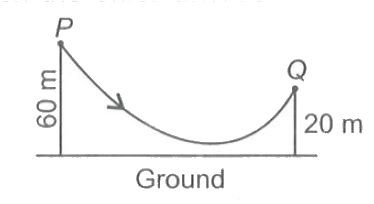
10ms−1
20ms−1
30ms−1
40ms−1
The correct Answer is:B
Change in gravitational potential energy of the skier,
Ep=mgh=50×10×[60−20]
=20000J=2×104J
Kinetic energy, Ek=50% of Ep=12×2×104J=1×104J
Ek=12mv2⇒v=√2Ekm=√2×1×10450=20ms−1
Topper's Solved these Questions
Similar Questions
shows a ski -jump. A skier of mass 60 kg stands at A at the top of the ski-jump. He moves from A to B and takes off for his jump at B.
(a) Calculate the change in the gravitational potential energy of the skier between A and B.
(b) If 75 % of the energy in part (a) becomes the kinetic energy at B, calculate the speed at which the skier arrives at B. View Solution
View SolutionA test charge q is taken from point A to B in electrostatic field of other charge Q as shown in figure. The reletion between potetial energy and potential ( between points A and B) is
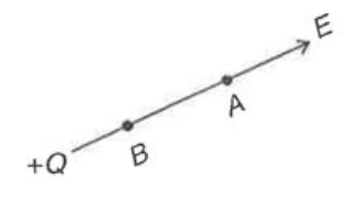 View Solution
View Solution
Knowledge Check
- Question 1 - Select One
The equivalent inductance between points P and Q in the figure is
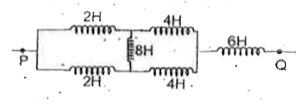 A9HB(24/13) HC(12/13) HD12H
A9HB(24/13) HC(12/13) HD12H - Question 2 - Select One
The equivalent inductance between points P and Q in the figure is :
 A2 HB6 HC8 /3 HD4/9 H
A2 HB6 HC8 /3 HD4/9 H - Question 3 - Select One
The potential difference between the points P and Q in the adjoining circuit will be-
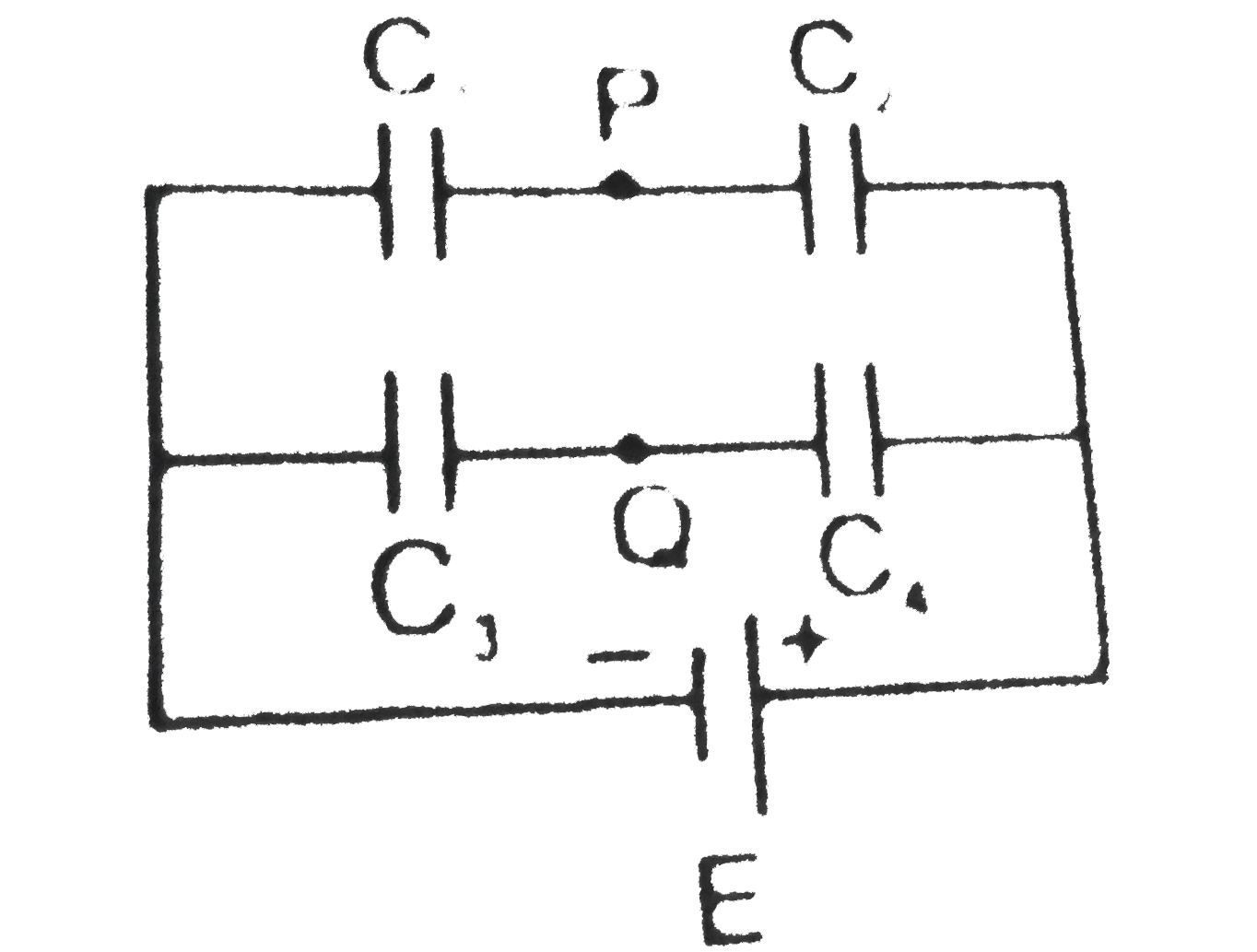 A(C1C4−C2C3)E(C1+C3)(C2+C4)BC2C3EC1C2(C3+C4)CC2C3−C1C4E(C1+C2)(C3+C4)D(C2C3−C1C4)E(C1+C2+C3+C4)
A(C1C4−C2C3)E(C1+C3)(C2+C4)BC2C3EC1C2(C3+C4)CC2C3−C1C4E(C1+C2)(C3+C4)D(C2C3−C1C4)E(C1+C2+C3+C4)
The effective resistance between points P and Q of the electrical circuit shown in the figure is
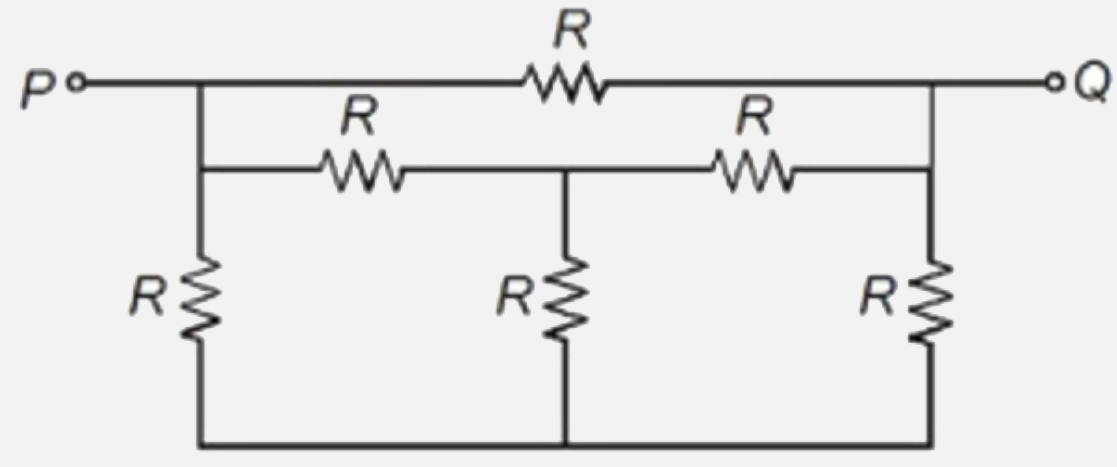 View Solution
View SolutionPotential difference between the points P and Q in the electric circuit shown is
 View Solution
View SolutionThe equivalent inductance between points P and Q in figure is
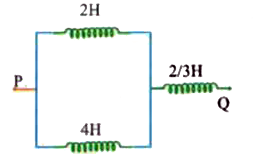 View Solution
View SolutionThe net resistance between points P and Q in the circuit shown in figure is
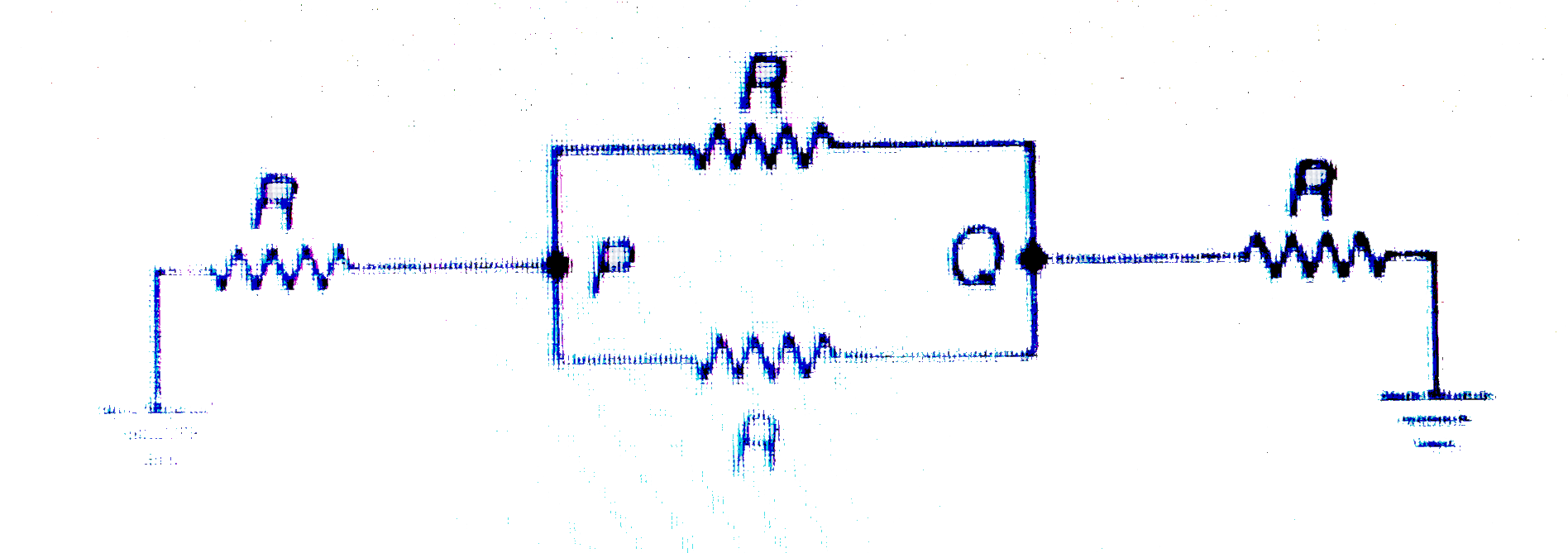 View Solution
View SolutionThe effective resistance between points P and Q of the electrical circuit shown in the figure is
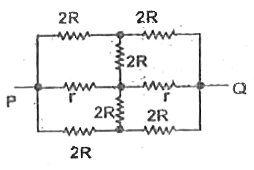 View Solution
View Solution
